Monolith Takes You To Hell In Claustrophobia 1643
September 11, 2018 by brennon
We talked with the team at Monolith about their upcoming game, Claustrophobia 1643. We wanted to get a better understanding of the game, how it plays, and what you have to look forward to when the Kickstarter for the game launches in October.
With that in mind, we should dive in and find out what horrors await in Hell!
What Is Claustrophobia 1643?
Claustrophobia 1643 is a competitive two-player asymmetrical survival game. It takes place in the same fictional world as Helldorado and focuses specifically on New Jerusalem - a man-made city in Hell - and those who brave the subterranean depths in search of precious relics.
The Infernal player controls hordes of demons who seek to repel the human threat invading their realm. The Human player controls the Redeemer and his convicts who, at first, just want to steal some demonic loot, but end up having to stop the demon threat from invading their city. Poetic justice? Perhaps, but we’re not here to judge. Either way, as you can see, each player has a job to do- both in terms of theme and gameplay.
The Human Player
Speaking of gameplay, it is best to look at both sides separately. We’ll begin with the Human player because it was they who started this fight. Their most important unit is the Redeemer - a big holy man with a big holy hammer. This fella leads a group of re-purposed convicts and comes armed with divine ‘gifts’. Next up, we have the Condemned Brute, a giant slab of muscle who blocks enemy units and mashes them into a paste. We also have the Swordswoman - an adept blade master capable of carving even the largest demonic hulks.
Finally, we have the Condemned Scouts who are quick and slippery but also squishy. You may be thinking this will require a number of players to control the humans of New Jerusalem, but you’d be wrong. All of these units are controlled - with a nerveless iron fist - by one player.
As mentioned, the gameplay is asymmetrical. Though there are certainly shared mechanics on both sides, each player’s turn is distinct (which in and of itself increases the replayability of the game). On the Human player’s side, you will find a series of character sheets and dashboards in which they are placed. Scenario descriptions will tell you which ones to use.
The game starts with the Human player placing all their units on the starting tile. Next, that player prepares by rolling a handful of dice (specific to their side) and allocates the results to each of their characters. Each sheet shows six potential lines - all with their own stats - and the Human player decides which dice go on which lines and therefore which stats will be active that turn. These lines are important for strategy as they sometimes allow you to trigger special effects, but they also serve as your wounds. That’s right; as you begin to make contact with teeth and claws, you will suffer wounds and each wound is assigned to one of these lines, thus removing it from play.
Players will want to be careful about which lines they assign wounds, as they will suffer a lot of them. You do not want to lose lines that may be crucial to your strategy! And guess what happens when a character suffers a wound and only has one line left? That’s right! They die!
But let’s not get ahead of ourselves. Though the Human player will be constantly on the run and taking lumps, they’ll also be dealing death. Though the stat lines dictate their offensive and defensive abilities, they also get to throw dice. Adding these results with their stats and comparing them to the defences of their targets determines whether they’re successful. For example, a Troglodyte has a defence of three. If a human player scores a three or more on an attack, the troglodyte gets mashed (and dies). Sound familiar? Of course, it does!
But that’s not all there is to it. Each scenario has different objectives. Sometimes it means following the sweet smell of fresh air to freedom, while other times it means slaying a particular demon or even looting the labyrinthine tunnels.
The Infernal Player
On the opposing side is the Infernal player. This demon puppet master controls all the Hellish units including deadly swarms of Troglodytes, powerful Scourges, and a smattering of unique unholy abominations. It is their job to, slowly but surely, wear down their opponent, making their lives - ahem - Hell.
Like the Human player, they too have a series of sheets and dashboards, but their turn functions a little differently. It begins with the preparation phase where the Infernal player rolls three dice and allocates them to the Board of Destiny. Based on the dice results, the Infernal player may use different effects. Some will allow you to keep dice to cause an effect later on. Others, if they are the same colour face, will allow you to regain threat points (see below) or reinforce your units. It’s also possible to draw an event card which allows you to spring a surprise on the Humans. As you can see, there are many meaningful decisions to be made at this stage.
Once the effects have been played, creatures can be summoned. Weaker units such as Troglodytes are cheaper, costing only one point each, while other more powerful demons can cost you five. Though summoned units are usually placed on an unoccupied (by enemies) entrance, a special effect on the Board of Destiny may allow you to place units in the same tile as the humans. Surprise!
The Infernal Player also has the luxury of placing the game tiles on the table each time a human character moves deeper into Hell. This allows them to slow the humans’ advance or interrupt their plans by controlling the flow of the terrain.
And so the players take turns until the objective is reached or failed and a winner is declared. Throughout this time, the gameplay is intense. Each decision - an assigned dice, a tile explored, a demon summoned - is significant. It is crucial that both sides utilized their resources to their potential and exploit the mistakes of their enemy. The result is a tense and brutal forty-five minute (on average) battle through Hell, where simple rules meet deep and complex strategy.
Wait, Haven't I Played This Before? What’s New?
Of course many will remember the first Claustrophobia from approximately ten years ago. In terms of gameplay, this version will be the same for the most part, excepting a few minor refinements that allow greater control and ease of play. One major bonus included in this new version is that the first expansion, “De Profundis” comes built in. Also, with Claustrophobia 1643 they’ve given the game a sort of makeover with an entirely new visual design and ergonomics. Let’s look at a few brief examples of these refinements.
In the first version allocating certain dice, results meant the Redeemer could trigger spell cards. In this version, this game mechanic is shared by all the characters, so the Human player can draw cards with a specific dice value. These cards can change the dice result or trigger effects, just like the demon cards.
Additionally, the Infernal player’s Board of Destiny has been streamlined and made clearer. Also, now both players have their own dice!
Okay, But What's In The Box?
The gamebox comes brimming with a heap of high-quality, beautifully (and freshly) rendered game tiles, twenty (highly replayable) scenarios, handfuls of dice and plastic and cardboard tokens. But that doesn’t even cover the miniatures.
New Miniature (Left) Old Miniature (Right)
For the Human player, there are seven unique dynamically posed and highly detailed miniatures. The Infernal player will have thirteen unique demon sculpts, two unique Hellhounds, plus eleven Troglodytes and two Tough Troglodytes.
Old Miniature (Left) New Miniature (Right)
Unlike the first version of the game, these miniatures will arrive unpainted so that miniatures enthusiasts can turn them into pieces of art.
The Kickstarter Campaign
This campaign will be quite different than others. After much discussion within the team, market study, backer feedback and consultation with Kickstarter, Monolith has decided on a paradigm shift this time. They have already begun producing a run of 10,000 copies of the game - 5,000 for North America, and 5,000 for Europe. Pre-producing the game allows them to quickly get it out to backers in an unprecedented short turnaround.
The aim is to deliver by X-Mas of this year! Of course, with this model, they won’t offer stretch goals or add-ons because everything will already be in production. For $79 (approximately half the retail price of other games of this scale) they have crammed in as much value as possible. Traditionally, retail price is calculated by multiplying product cost by six; theirs is only multiplied by three, which means big savings for the backers it seems.
This rationale has been explained, at length, in this article HERE.
Should this game sell out during the Kickstarter, Monolith has plans to run a second campaign where more copies will be made available as well as all-new expansion material. If this sounds like the kind of intense gaming experience you’re looking for, keep an eye out for this Kickstarter campaign this October 9th!
Are you going to be tempted into diving into Claustrophobia 1643?
"The Infernal player controls hordes of demons who seek to repel the human threat invading their realm..."
Supported by (Turn Off)
Supported by (Turn Off)
"The result is a tense and brutal forty-five minute (on average) battle through Hell, where simple rules meet deep and complex strategy..."
Supported by (Turn Off)































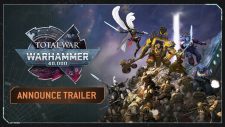

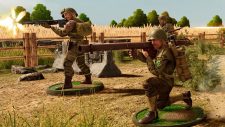

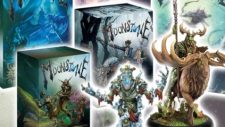
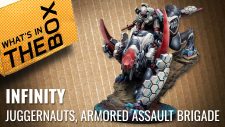




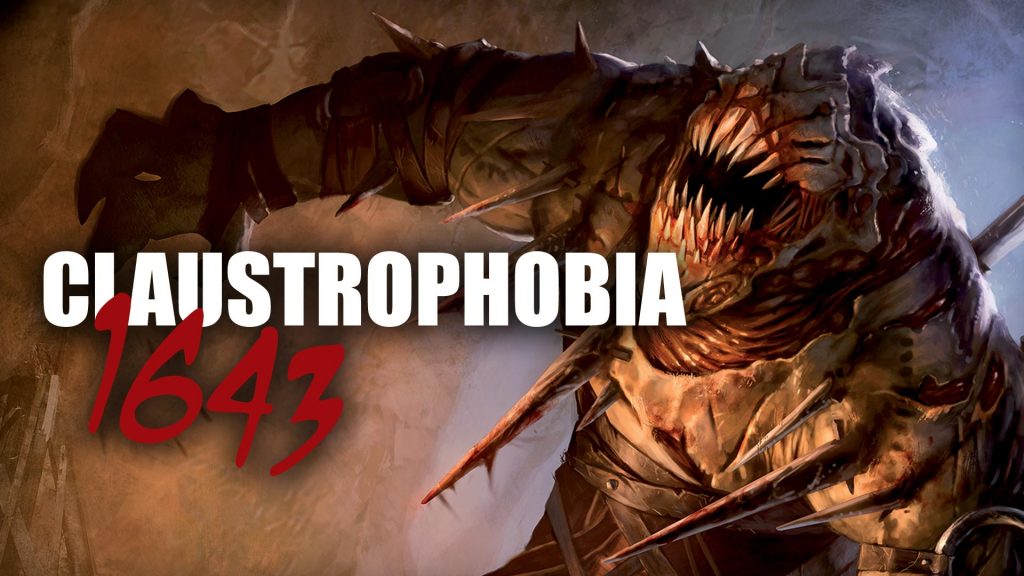
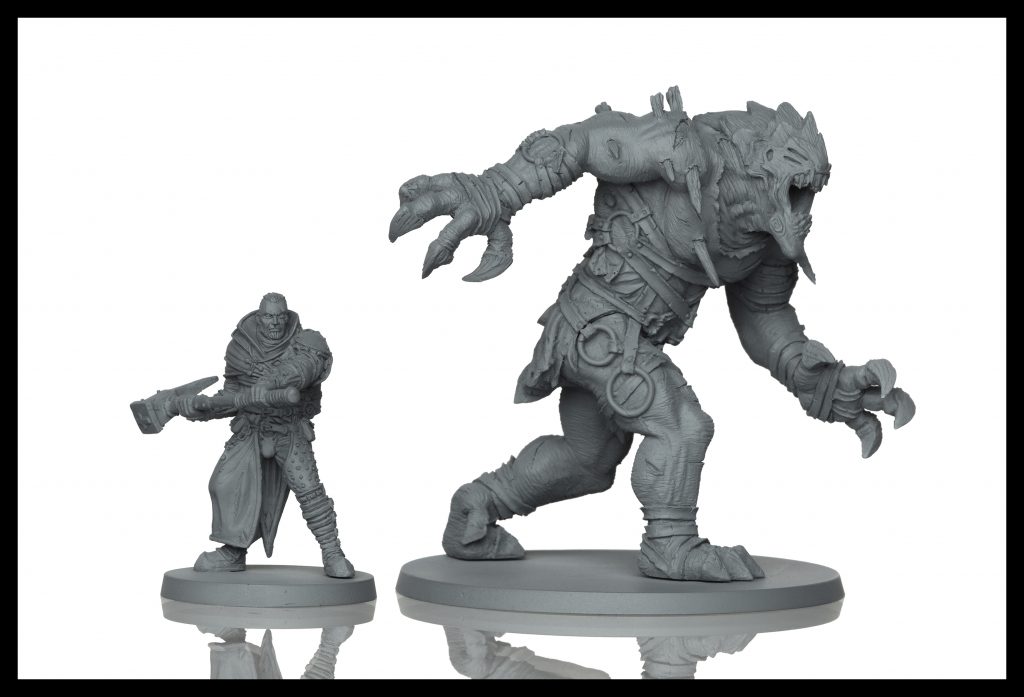
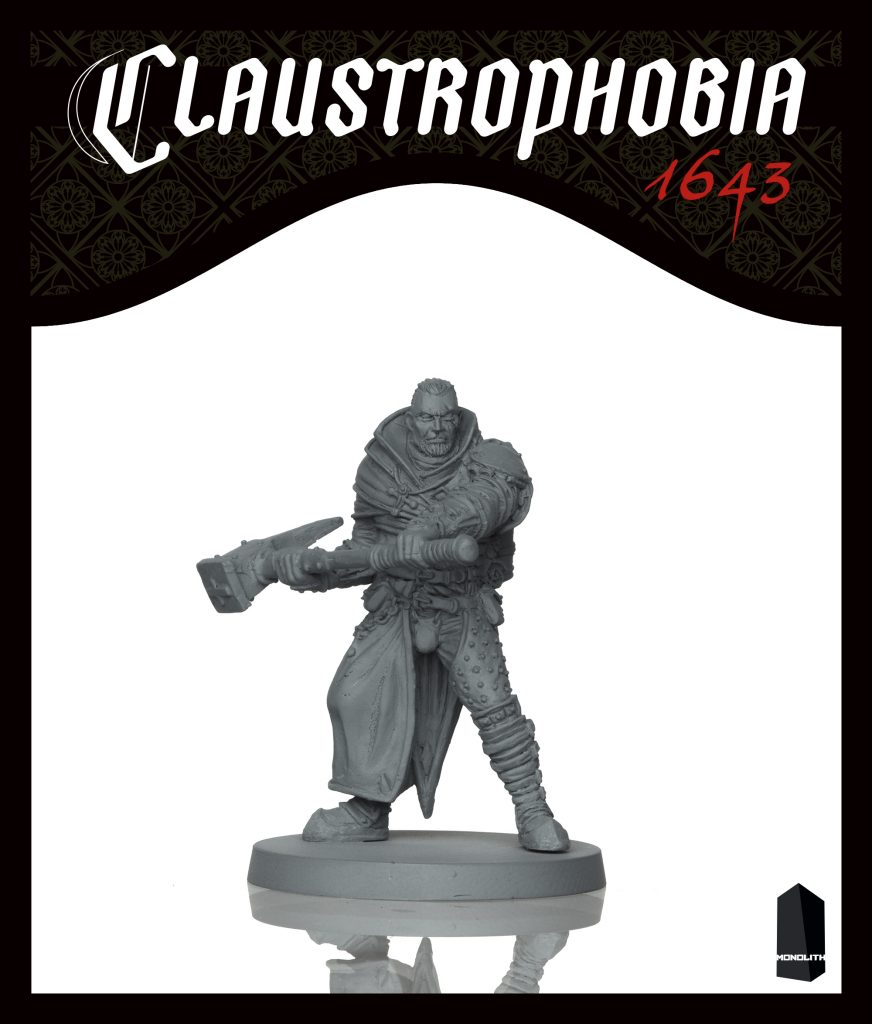
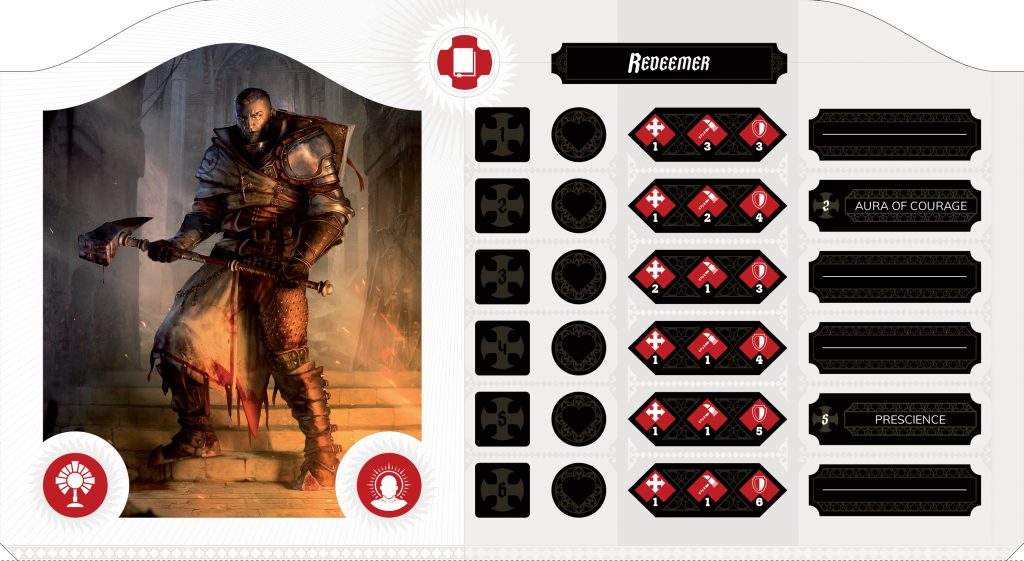
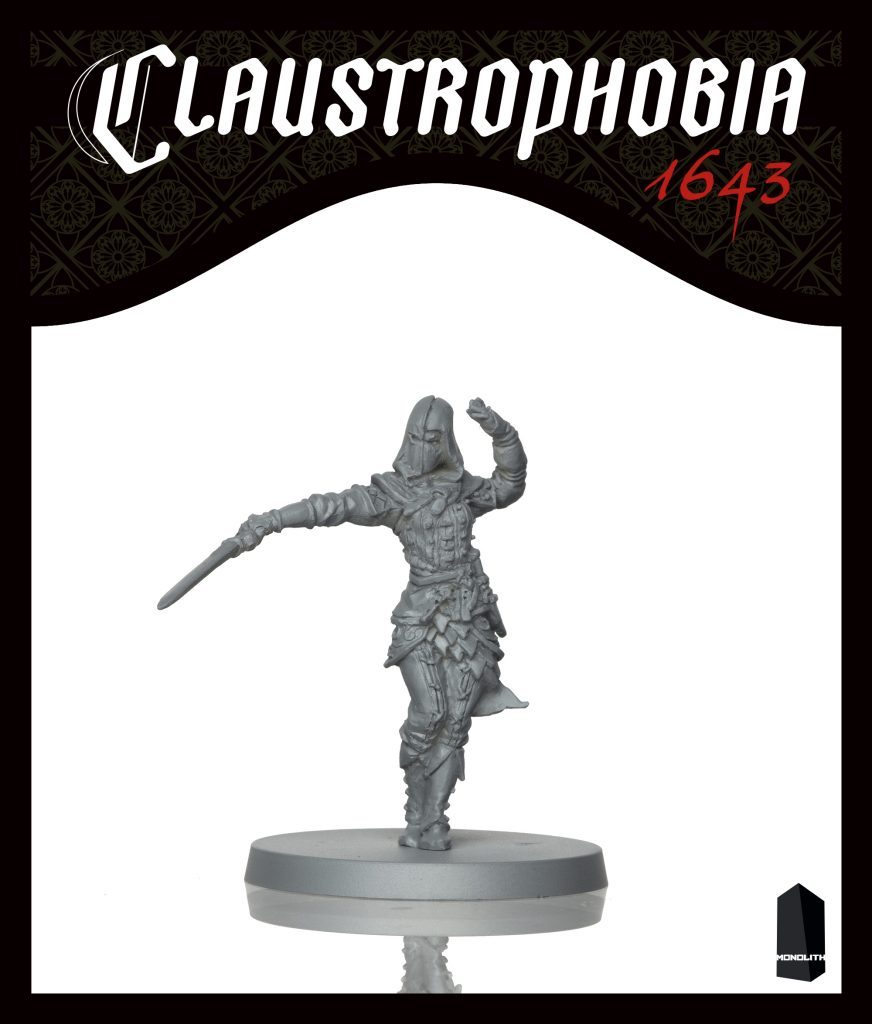
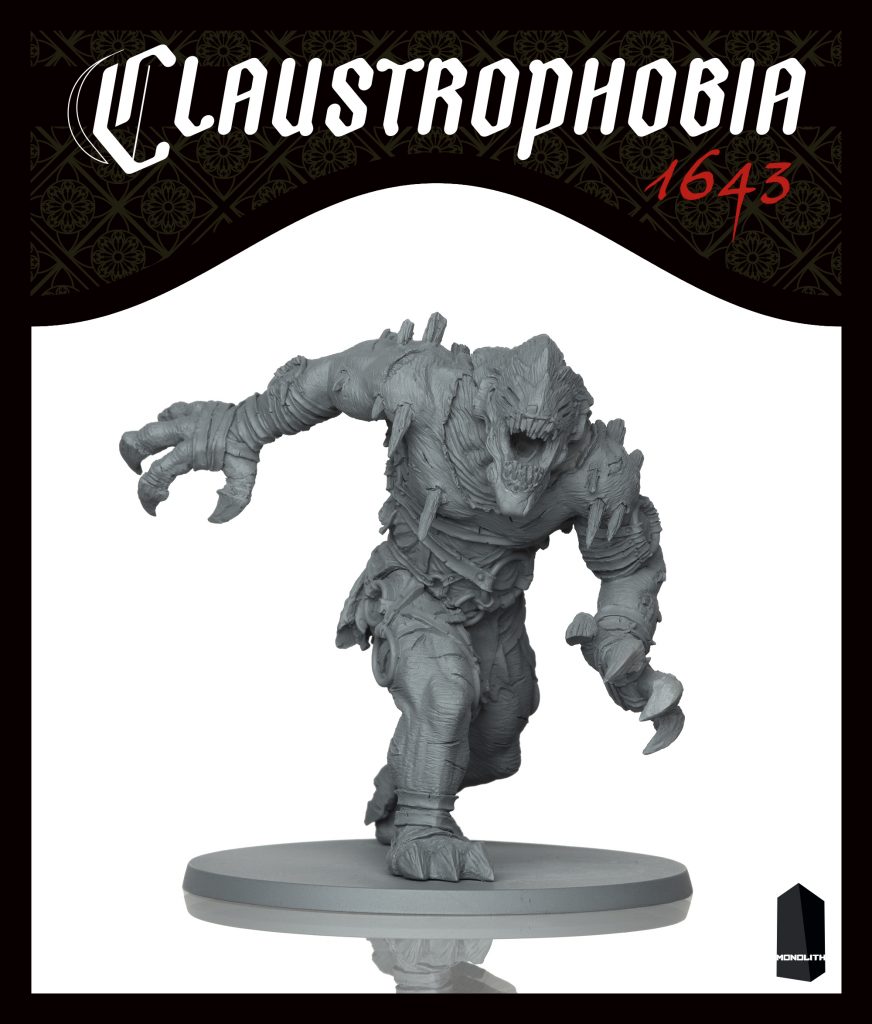
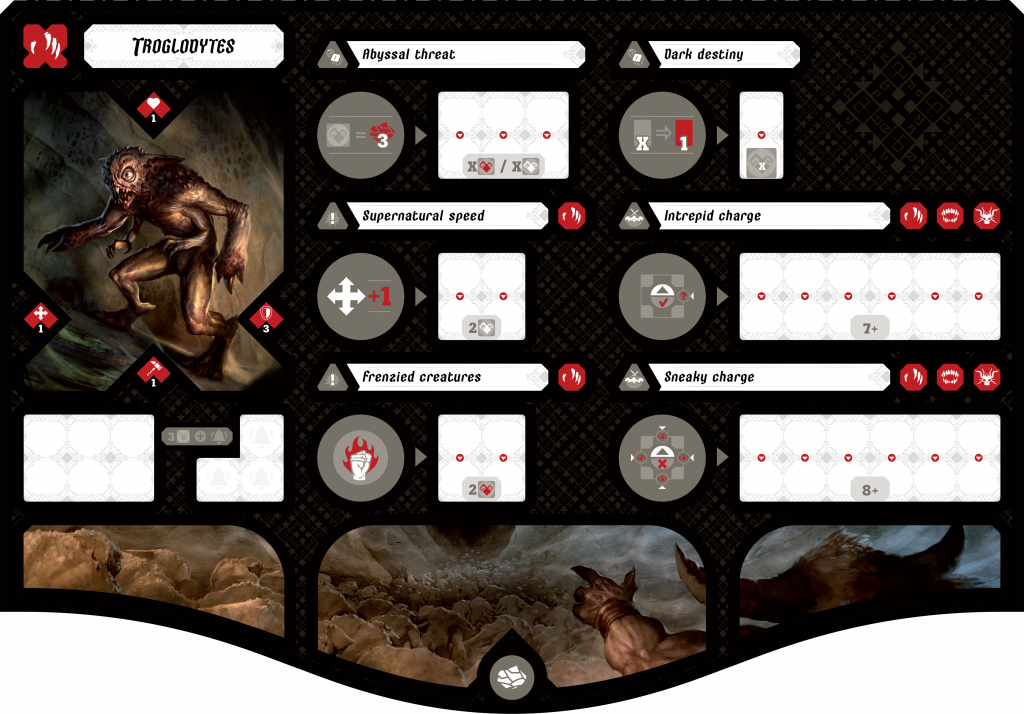
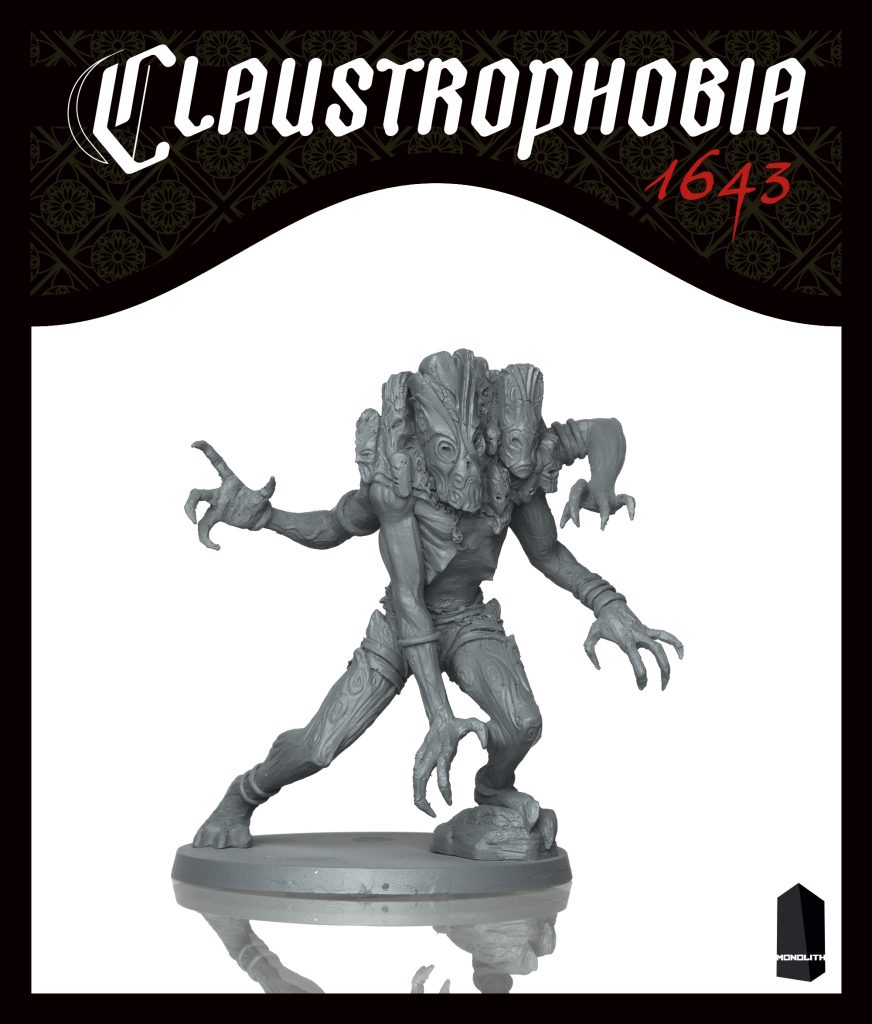
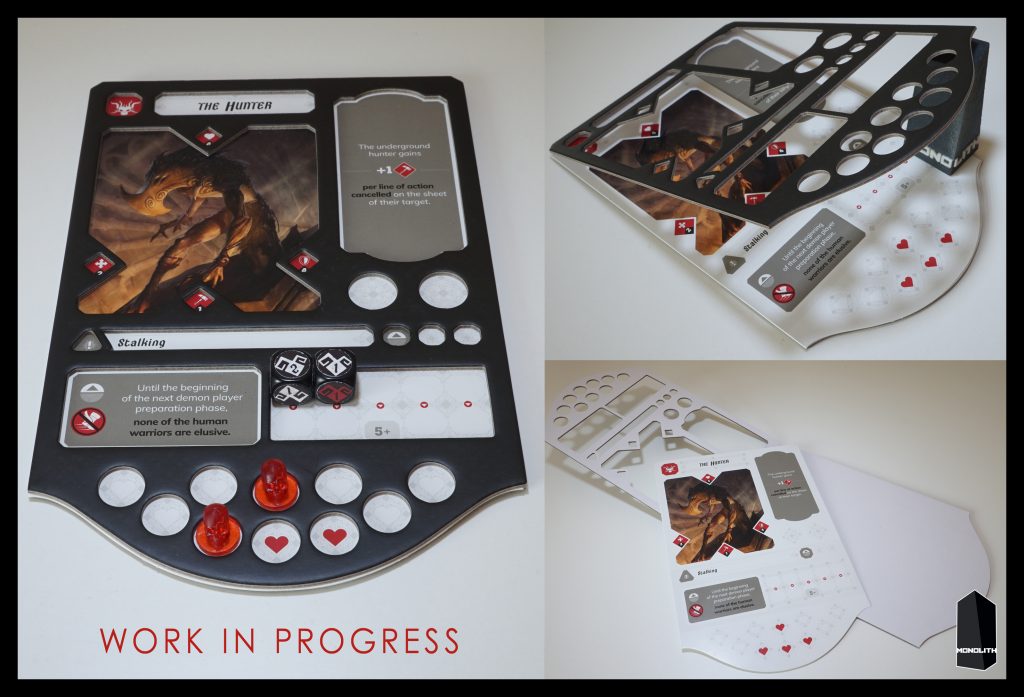
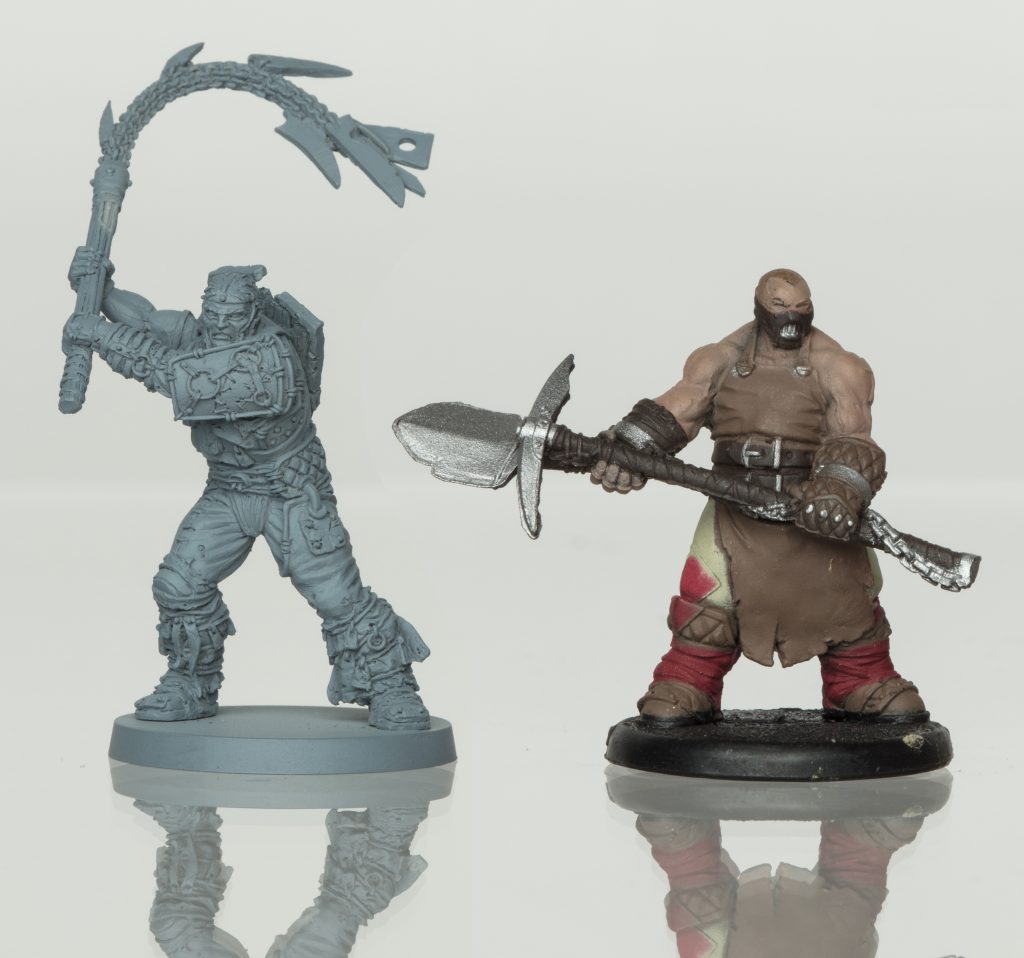
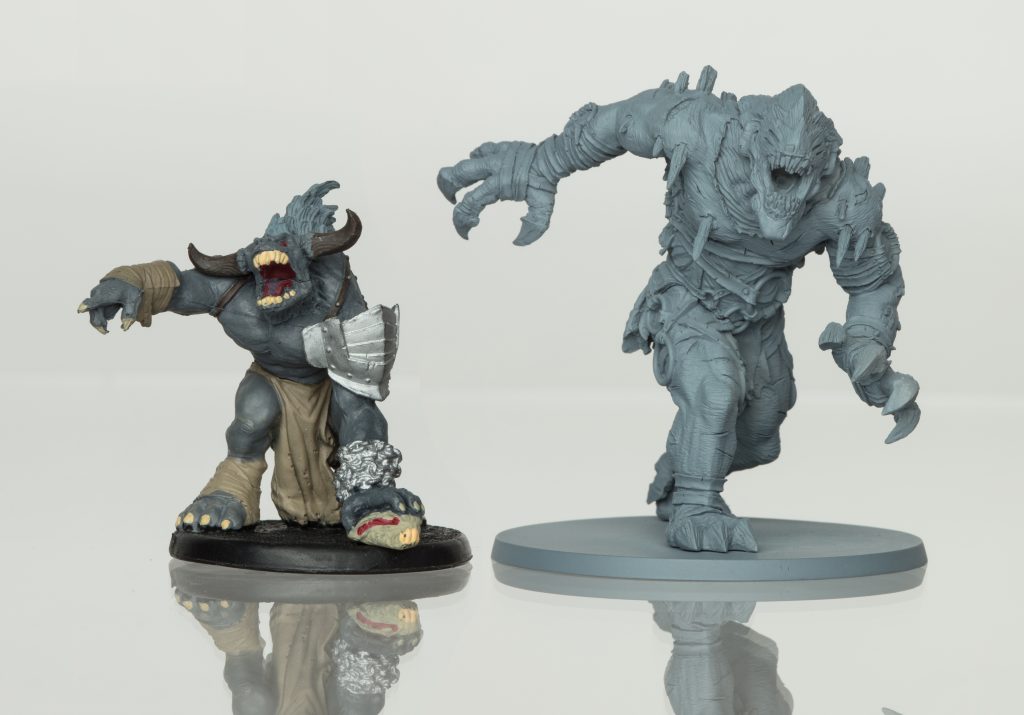
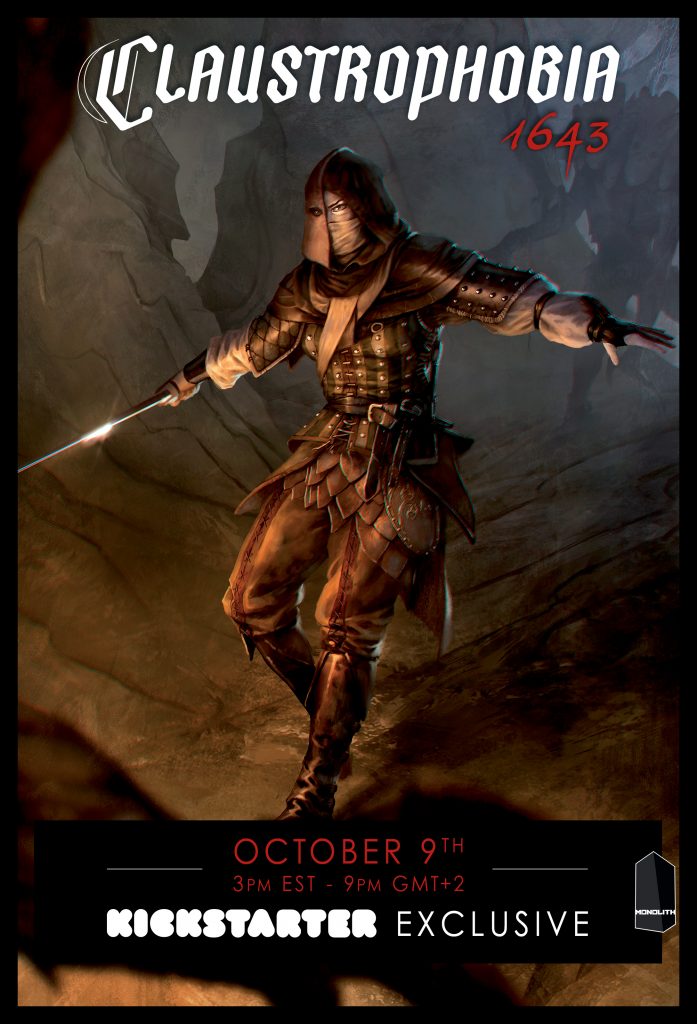

















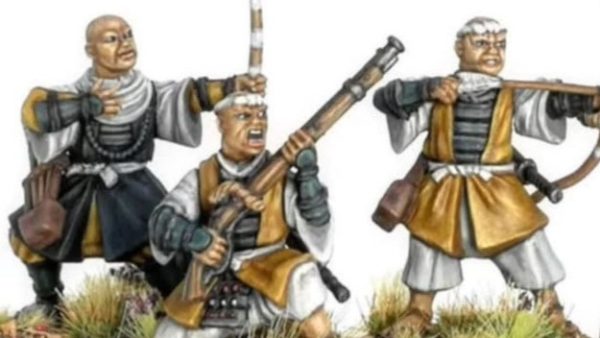
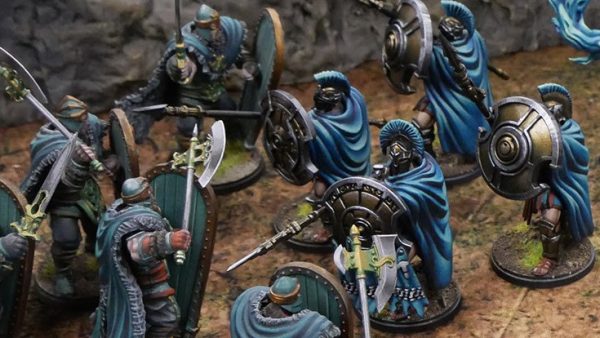
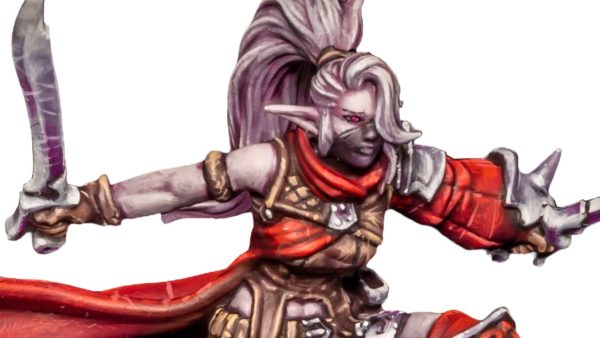
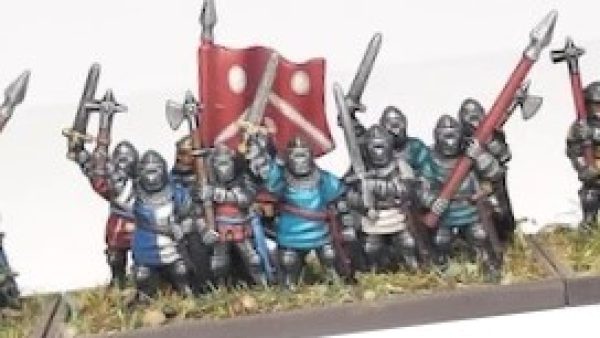
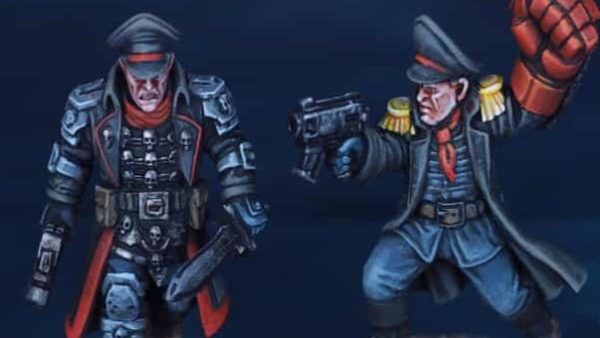



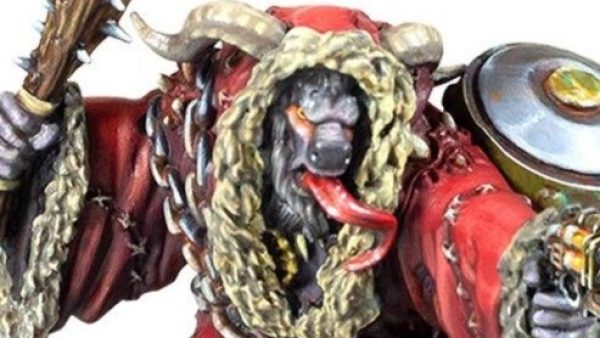
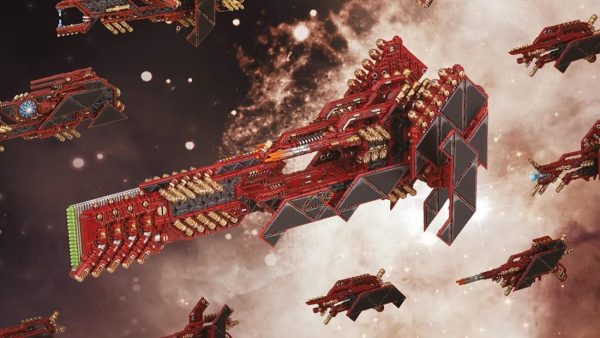


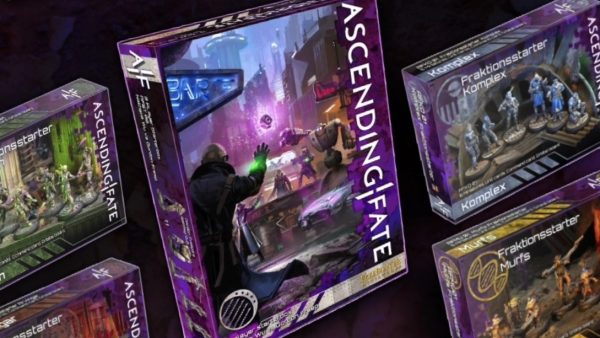
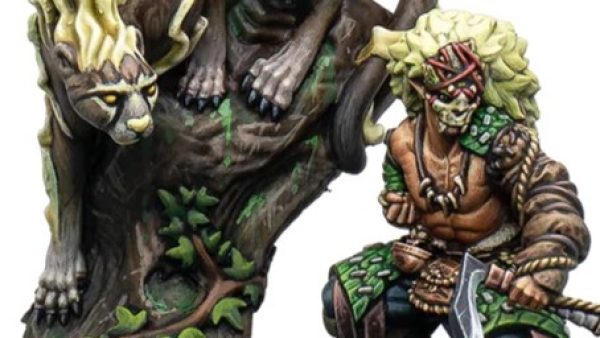
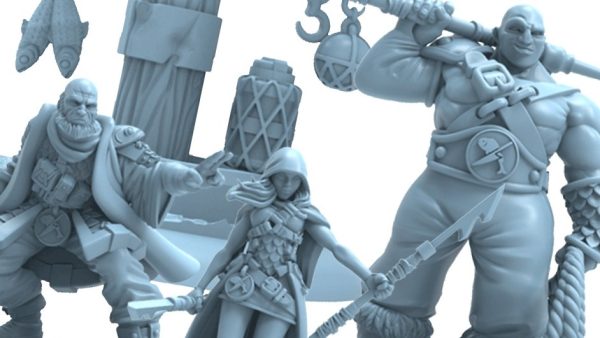
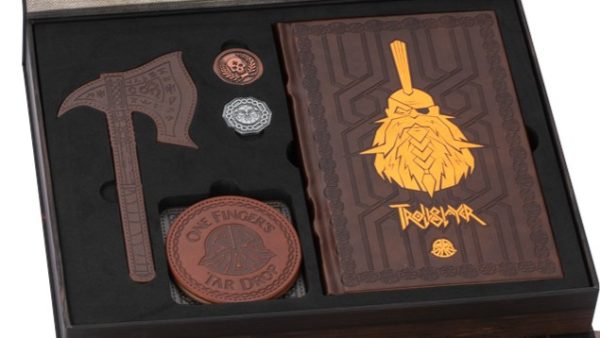
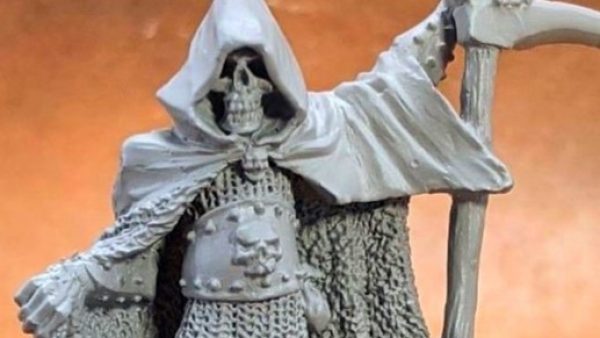
I can say that Monolith is definitely correct about this one:
*These customers are probably reaching saturation. The “penetration rate of miniatures” in their house is getting closer to a maximum, and storage space is becoming a problem, especially for those living in urban areas.
It has reached a saturation point for myself personally. After Joan of Arc I have pretty much not backed or purchased any miniature heavy games. This is why I wonder when I see yet another skirmish game who the audience happens to be. I know people who have backed two Reaper Bones KS and have yet to even paint 10% of all the miniatures they now own. One of the reasons I am looking at the Machina Arcana KS right now is specifically because they use standees and not miniatures.
I certainly recognise myself in their analysis. Bought into loads of expensive Kickstarters? check. Actually played them all – even once? No.
Thinking I should cut down on KS expenditure? check.
Worried about running out of space? Already there!
Sounds good I’m getting bit of a Priest (film) vibe from this game.
Very excited to hear this is in the Helldorado world. That game had one of my all time favourite settings for a tabletop game.
I hear you about the saturation. I love minis to death, but I am getting fatigued by mountains of minis type games.
Switching to skirmish games has helped a lot, and minis with muktiple uses (like hasslefree and crooked dice) are great. Only army level game I am really keen on is darklands.
But if mini storage is an issue the battlefoam cardboard boxes are great. Get whatever foam you want that fits, boxes stack so you can take advantage of vertical space! And they can hold an impressive amount.
For me it’s not just about miniature heavy games, it’s about KS itself.
It’s easy to get excited about a project as stretch goals unlock, but then a year passes and they start announcing delays and by the time the game arrives I have lost interest.
And often you end up with a box of plastic and craps rules set…. B-sieged, Zombicide Black Plague, Pandemonium, Endure the Stars to name just four. I end up using the miniatures for RPG figures or proxy in skirmish games with tokens getting used elsewhere… waste of money really.
In recent months my focus has shifted to the GW games that are shipped within weeks of being revealed and the starters have been something of a bargain this year.
So unless a game has an alternate use in RPG or a skirmish game I’m being selective about what I back on KS… I’m even regretting Hellboy KS…
I really liked Helldorado, especially the miniatures, the problem was not being able to find other players. I kept a lot of the minis so I may jump in on this.